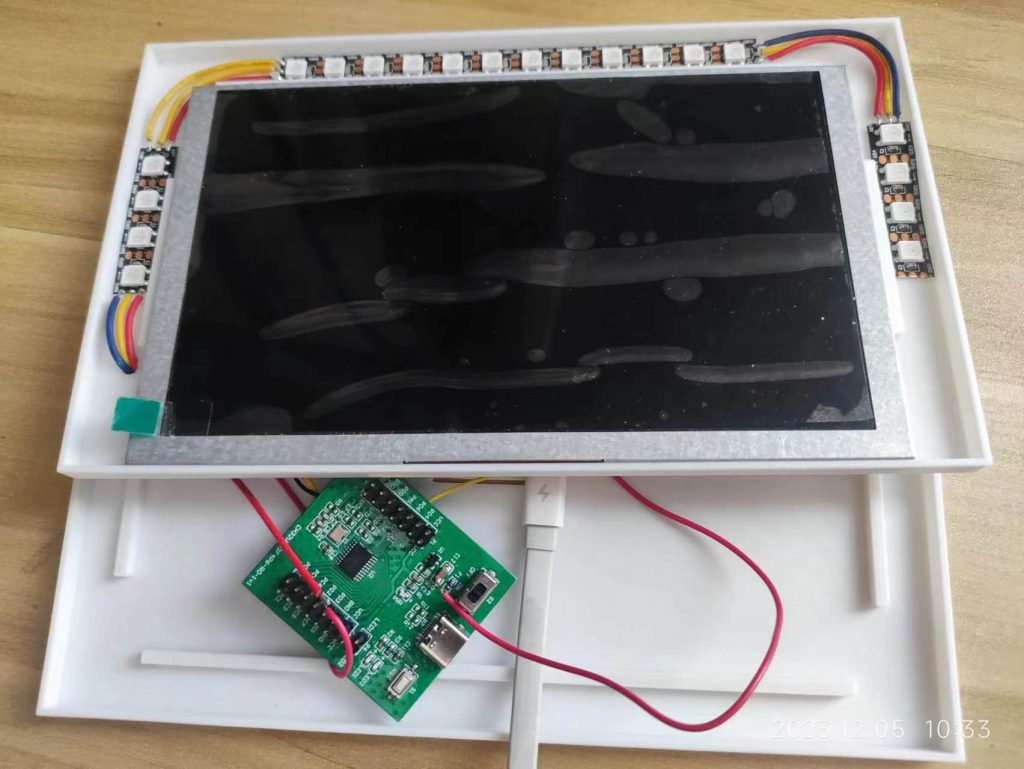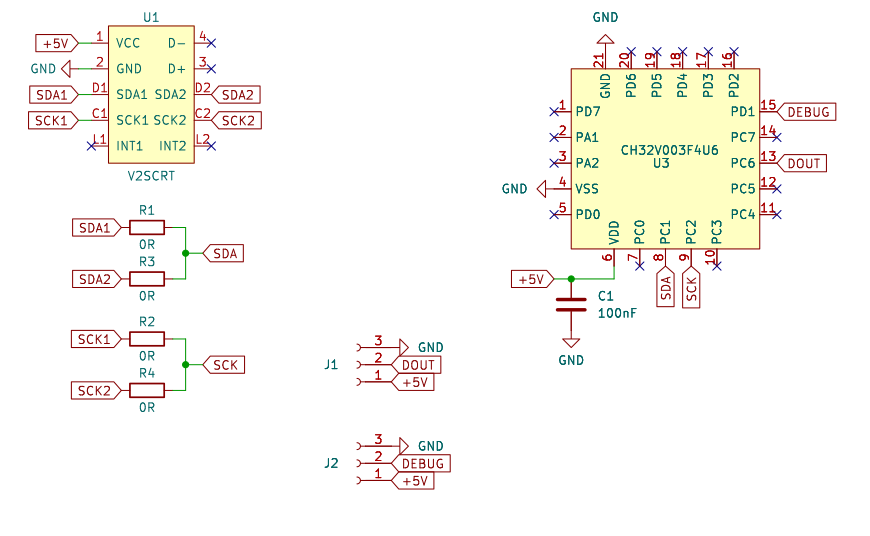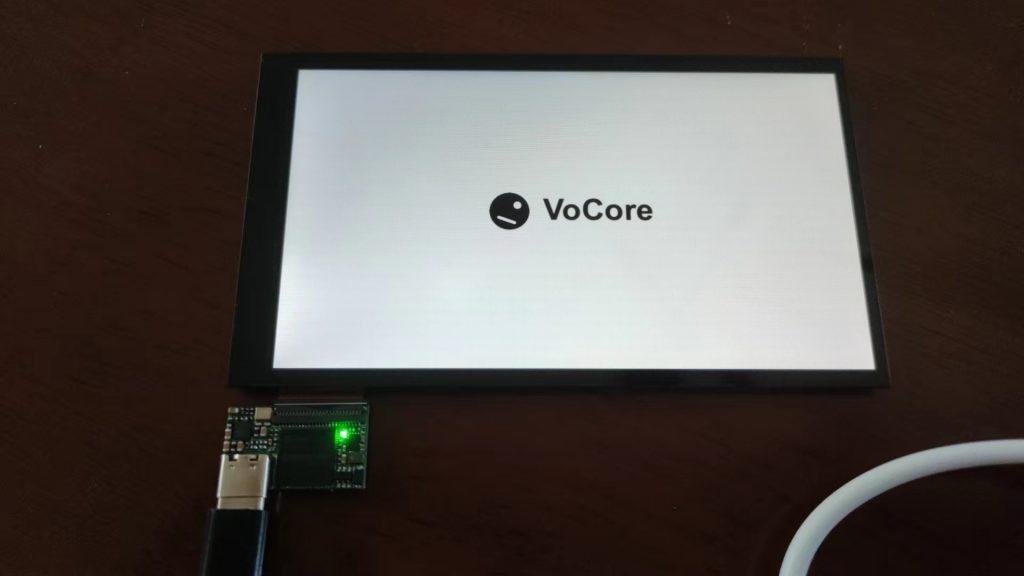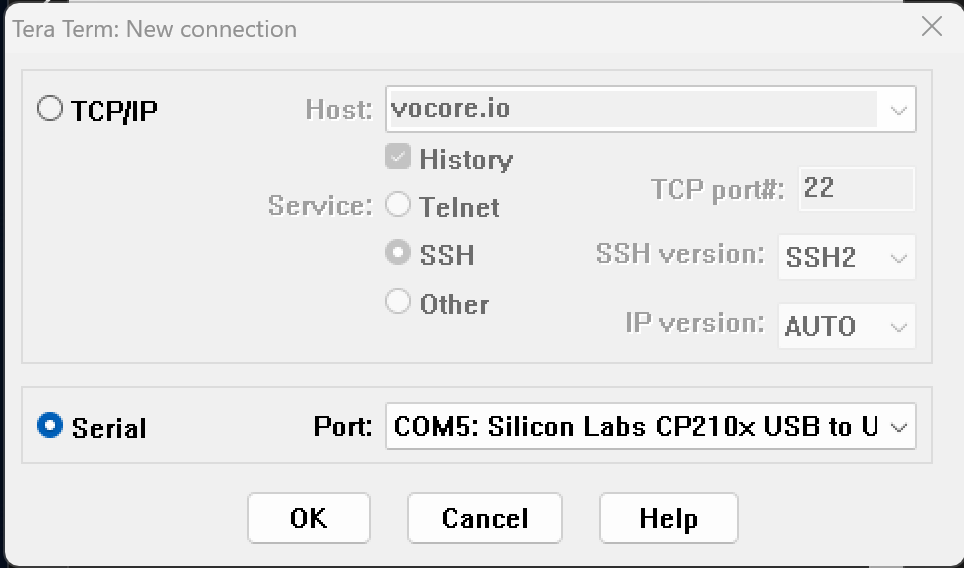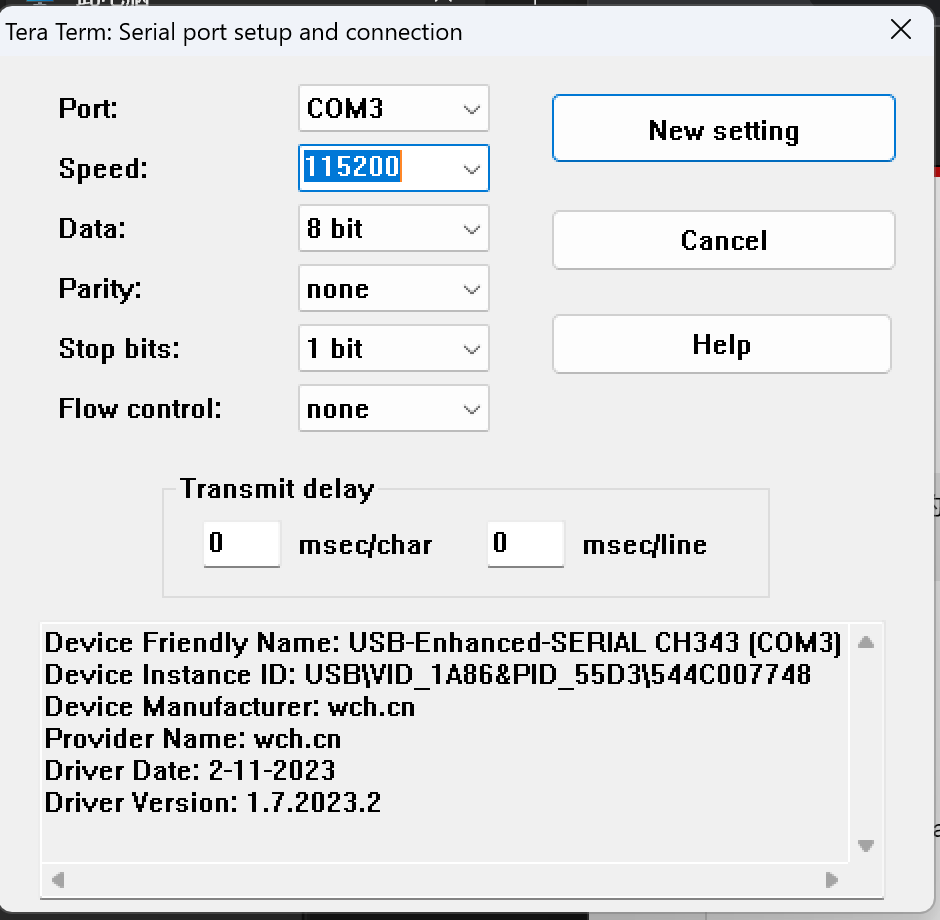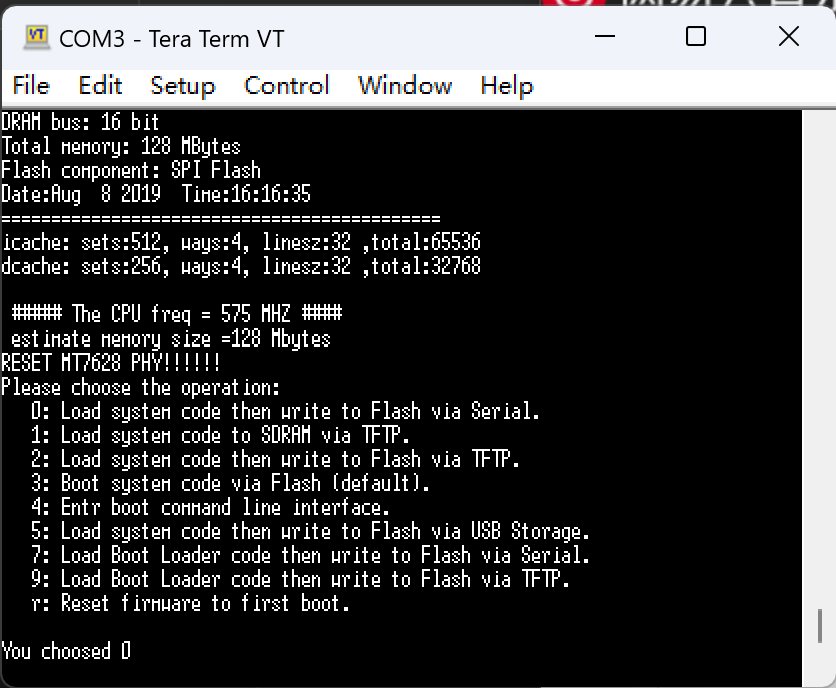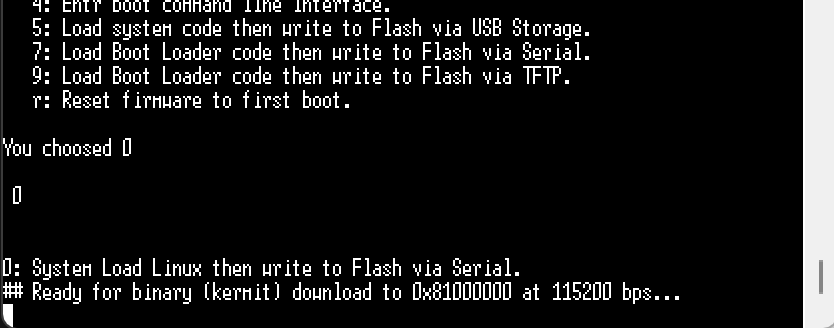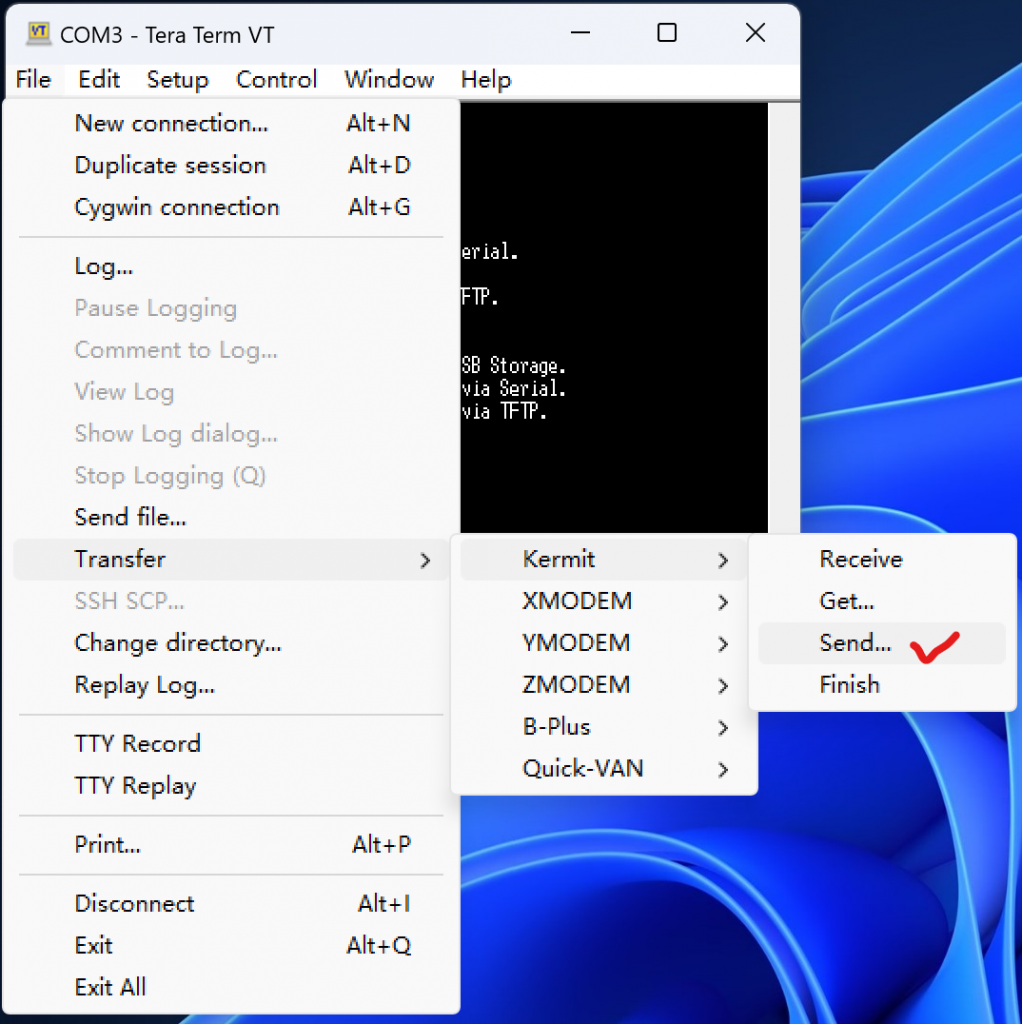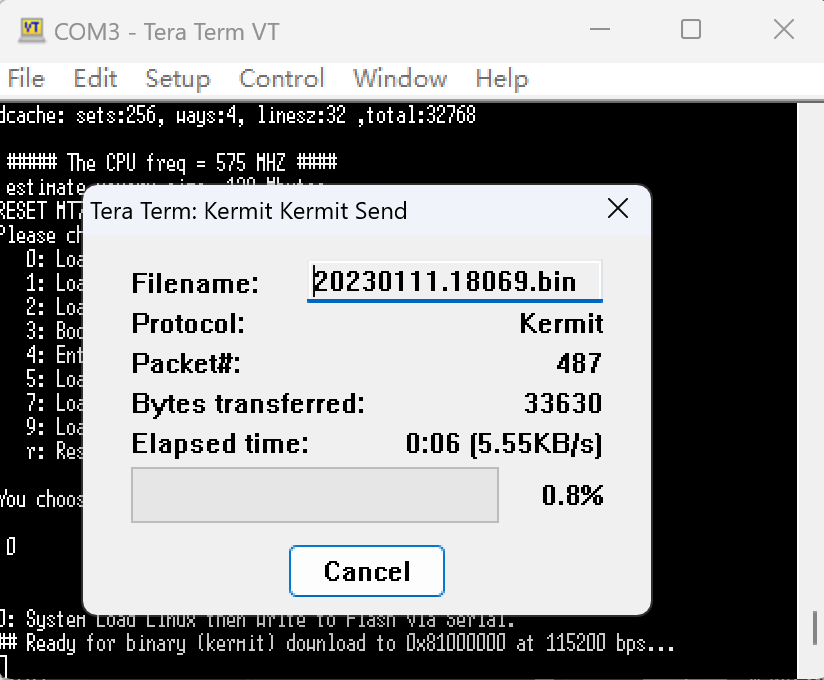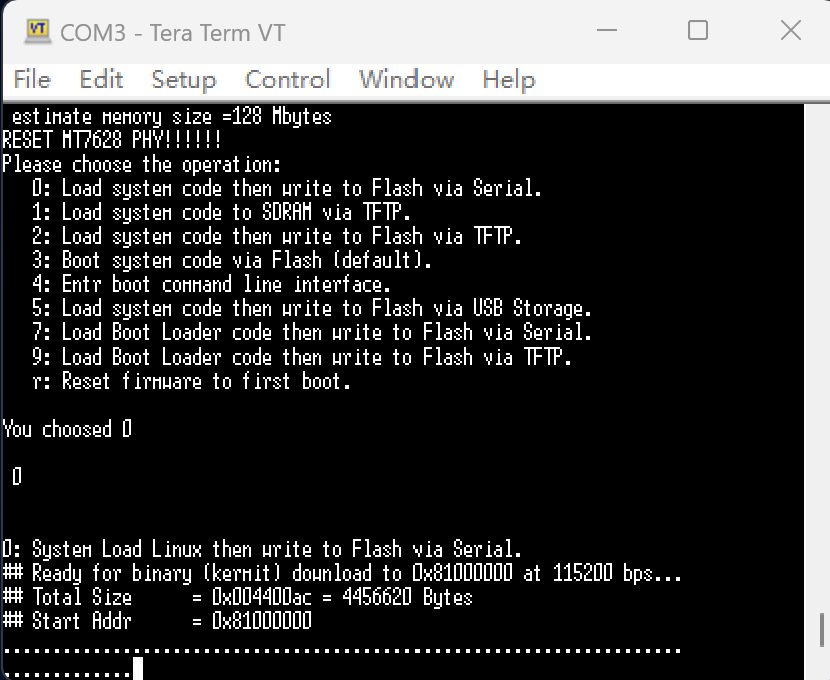More example code to use I2C on VoCore Screen driver board. These i2c function should be easier to understand and use.
int v2s_i2c_read_reg16(uint8_t addr, uint16_t reg, uint8_t *d, uint8_t size)
{
uint8_t buf[64] = {0};
int r;
if (size > 58)
return -1; // required data is too much.
buf[0] = addr; // i2c device address
buf[1] = sizeof(reg); // write 2 bytes for register.
buf[2] = size; // read data size.
buf[3] = reg >> 8; // i2c device register high byte.
buf[4] = reg & 0xff; // i2c device register low byte.
// send data to device i2c buffer.
r = libusb_control_transfer(h, 0x40, 0xb5, 0, 0, buf, 5, 100);
if (r < 0)
return r;
// trigger write to device, must send same device address.
r = libusb_control_transfer(h, 0xc0, 0xb6, 0, 0, buf, 1, 100);
if (r < 0)
return r;
// trigger read from device, first byte need to be the address.
r = libusb_control_transfer(h, 0xc0, 0xb7, 0, 0, buf, size + 1, 100);
if (r < 0)
return r;
memcpy(d, buf + 1, size);
return size;
}
int v2s_i2c_write_reg16(uint8_t addr, uint8_t reg, uint8_t *d, uint8_t size)
{
uint8_t buf[64] = {0};
int r;
if (size > 58)
return -1; // required data is too much.
buf[0] = addr;
buf[1] = sizeof(reg) + size; // write 2 bytes for register and rest for data.
buf[2] = 0; // read data size.
buf[3] = reg >> 8; // i2c device register high byte.
buf[4] = reg & 0xff; // i2c device register low byte.
memcpy(buf + 5, d, size);
// send data to device i2c buffer.
r = libusb_control_transfer(h, 0x40, 0xb5, 0, 0, buf, 5 + size, 100);
if (r < 0)
return r;
// trigger write to device, first byte need to be the address.
r = libusb_control_transfer(h, 0xc0, 0xb6, 0, 0, buf, 1, 100);
if (r < 0)
return r;
return size;
}
